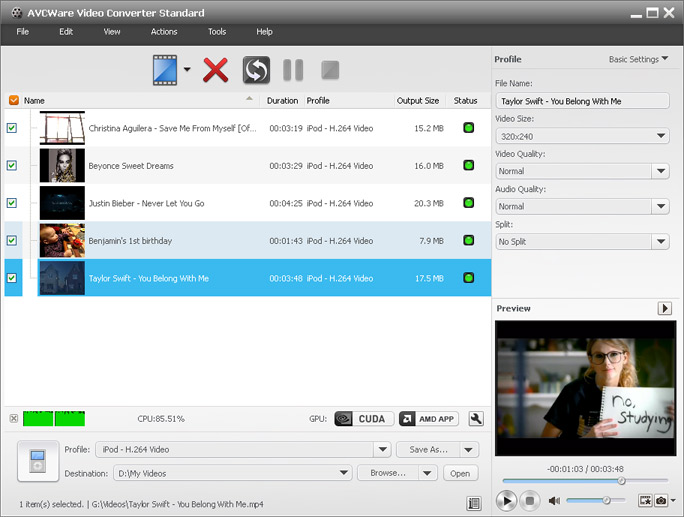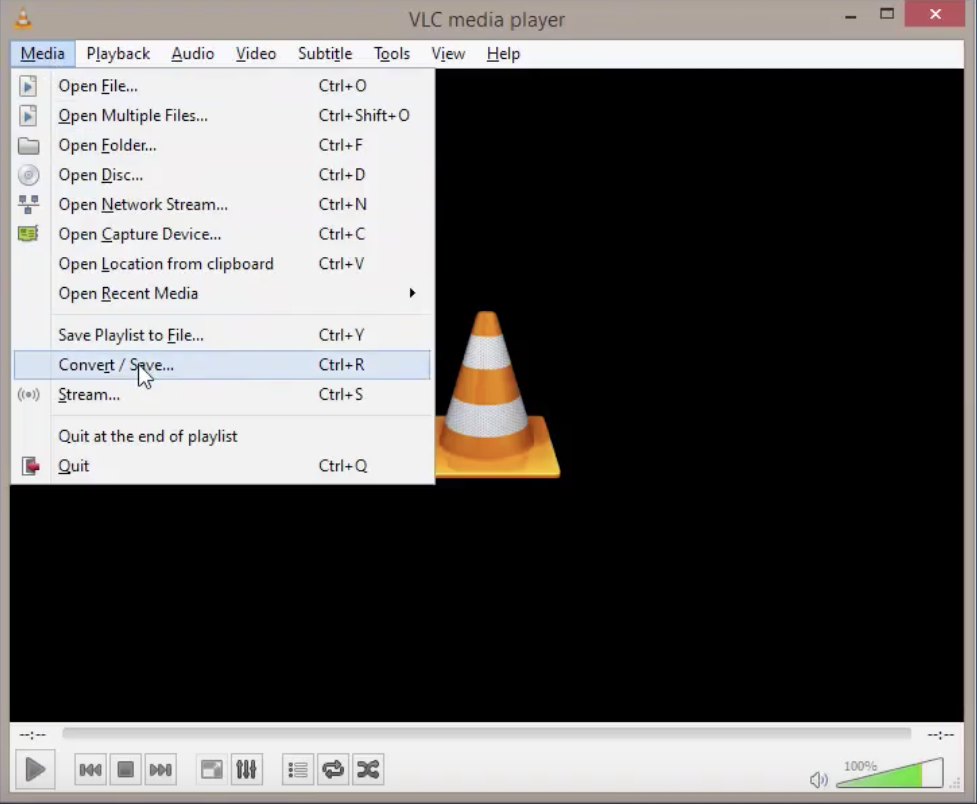

One of the easiest ways to accomplish the conversion is by using VLC. Short for VideoLAN Client, VLC is a free and open-source software application that can play local and network media, as well a convert media. Follow this simple guide to convert your audio files quickly and easily using VLC on Windows or Mac. Let’s get started!įrom the main VLC window, select Media from the menu bar at the top and choose Convert / Save.

Alternatively, you can use the keyboard shortcut Control + R. Next, in the Convert and Save window, Click the Add button to begin selecting the audio files that you want to convert. You may choose one file or multiple files at a time. Once you have added all of your desired audio files to the conversion list, the next step is to move down to the Convert / Save button at the lower-right corner of the window. Don’t click the button just yet – instead, click the downwards arrow to expand the options menu and select Convert. The next window that you see will be the Convert window, where you will be presented with your source files and destination options. Be sure that the Convert option is selected in this window, as demonstrated in Figure W3 below. You will also be able to select the output format for your conversation here as well. By default, VLC has presets for OGG, MP3, FLAC, and CDA (audio CD format) conversions.

You can also create your own presets for additional formats by clicking the New Preset button shown in Figure W4. If you are only converting a single file, you can specify the destination folder and file name using the Destination file field at the bottom of the window. Otherwise, for multiple files, they will be saved in the same location as the source files, using the same names. Side note for creating a new Profile Preset Once you have everything set to your liking, click the Start button to begin the conversion process. If you opted to create a new preset for a non-default format, you will be presented with the New Preset window (not pictured).

The specifics of these settings are outside the scope of this guide however, you can find more information about file encapsulation and encoding formats here.


 0 kommentar(er)
0 kommentar(er)
